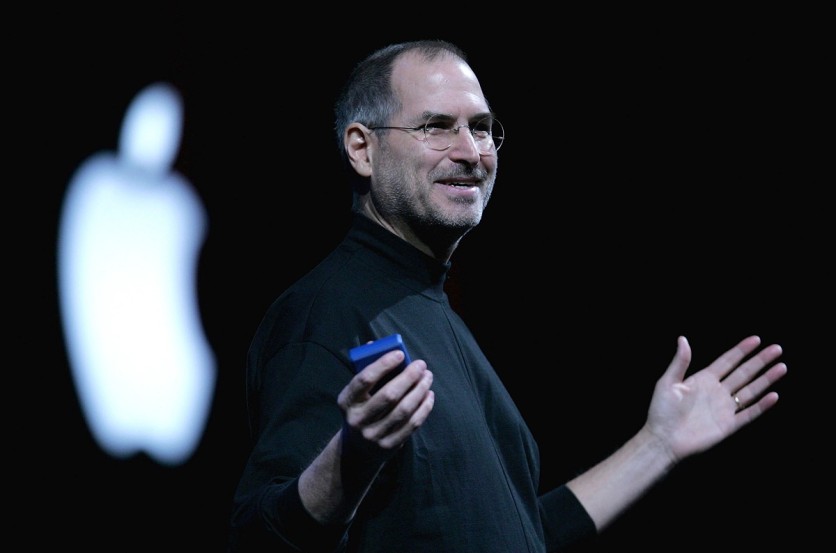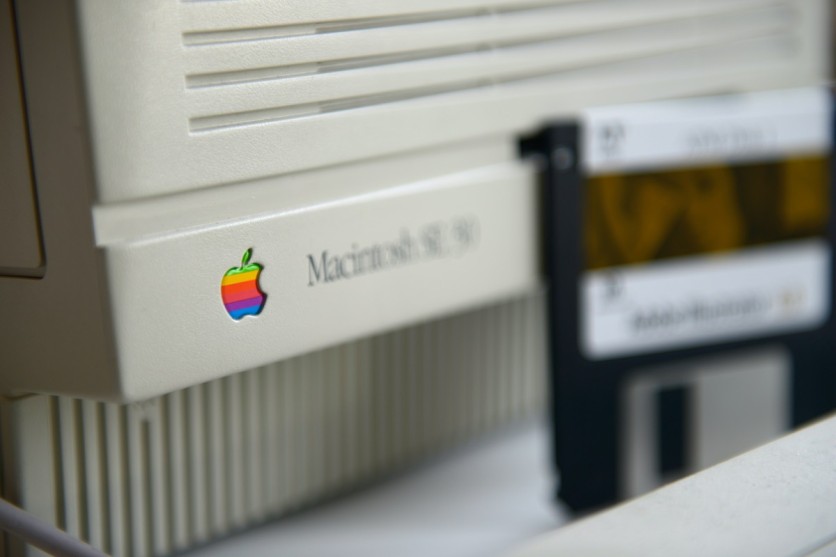"In many ways Steve WAS Apple." This was how a former Apple employee Joe Shelton described Steve Jobs in a post in Quora about the importance of former CEO to the quality of Apple products.
Shelton worked for the tech giant from 1979 until 1992 and he shared that he "was lucky enough to work" for Jobs in the six years stay with Apple U.S. He wrote the post on August 28, 2018, days after Apple became the first publicly traded company in the world to reach $1 trillion market value on Aug. 2, 2018. Experts linked such a great feat to Jobs' great legacy.

Steve Jobs and Apple's success
Many beautiful words have been said about the Apple's founder and former CEO, as a person and as an entrepreneur, even after his passing in 2011 at the age of 56. But before his death, Jobs had a colorful life driven by his passion for computers.
Jobs partnered with Steve Wozniak to start a business developing blue boxes phone phreakers used to make calls across the United States for free. They joined HomeBrew Computer Club where they learned to build kit computers.

They eventually abandoned blue boxes to create the Apple I. It was a PC building kit, in which customers need to connect their monitors and keyboards to work. The partnership was assigned Wozniak to do the building while Jobs handle the sales.
After earning enough money, they invested in developing Apple II, which attracted much attention and interest among customers and investors. In 1976, Apple was officially incorporated. Jobs later became a millionaire before his 22nd birthday.
Indeed, Apple II paved the way to the Apple's rise in the corporate world. In 1978, Apple was already earning $2 million from the sales from Apple II, which was far from being state of the art. However, it allowed computer enthusiasts to develop and sell their programs. VisiCalc was the first business applications software created by users.
Apple was not getting any profit from these user-initiated programs, but they gave Apple II a wider audience as its uses increased.
In 1980, Apple went public with Jobs' aggressive management style while Wozniak was the genius who Jobs' visions came true. However, the board of directors did not like Apple's power imbalance, so they added John Sculley to the team in 1983. The board later ousted Jobs for Sculley in 1985.
NeXT's entry to Apple system
After leaving the company he created, Jobs went back to his passion with computers. He wanted to create high-end computing machines, so he founded NeXT. NeXT's computers were highly expensive packed with the best operating system that allowed the UNIX fit into graphical user interface. Tim Berners-Lee is said to be using a NeXT computer when he developed the World Wide Web.

In 1996, Apple acquired NeXT because of its operating system, which led to Jobs' return to his first company, which was unfortunately struggling in the market as cheaper Windows computers flourished. Jobs made some drastic actions to push changes in the company.
In 2009, Apple was able to convince Microsoft CEO Bill Gates to invest $150 million on the Macintosh maker. Microsoft agreed to develop advanced versions of Internet Explorer, Microsoft Office as well as development tools for Mac.
Jobs used this fund for advertising campaigns to highlight Apple products while halting research and development on non-productive zones.
Apple used the NeXT software to develop the iMac, Apple's first hit PC. Between 2001 and 2010, Apple made a series of successful launches from the iPod to the iPad, and of course the iPhone. Later on, Apple opened its Apple Store as well as its e-commerce store, the iTunes.
Meanwhile, Apple reached the $2 trillion mark in August and its story will continue to flourish, despite the death of its legendary visionary.
Related article: How Good is Elon Musk At Programming? Here Are Some of His Works
This is owned by Tech Times
Written by CJ Robles
ⓒ 2025 TECHTIMES.com All rights reserved. Do not reproduce without permission.




